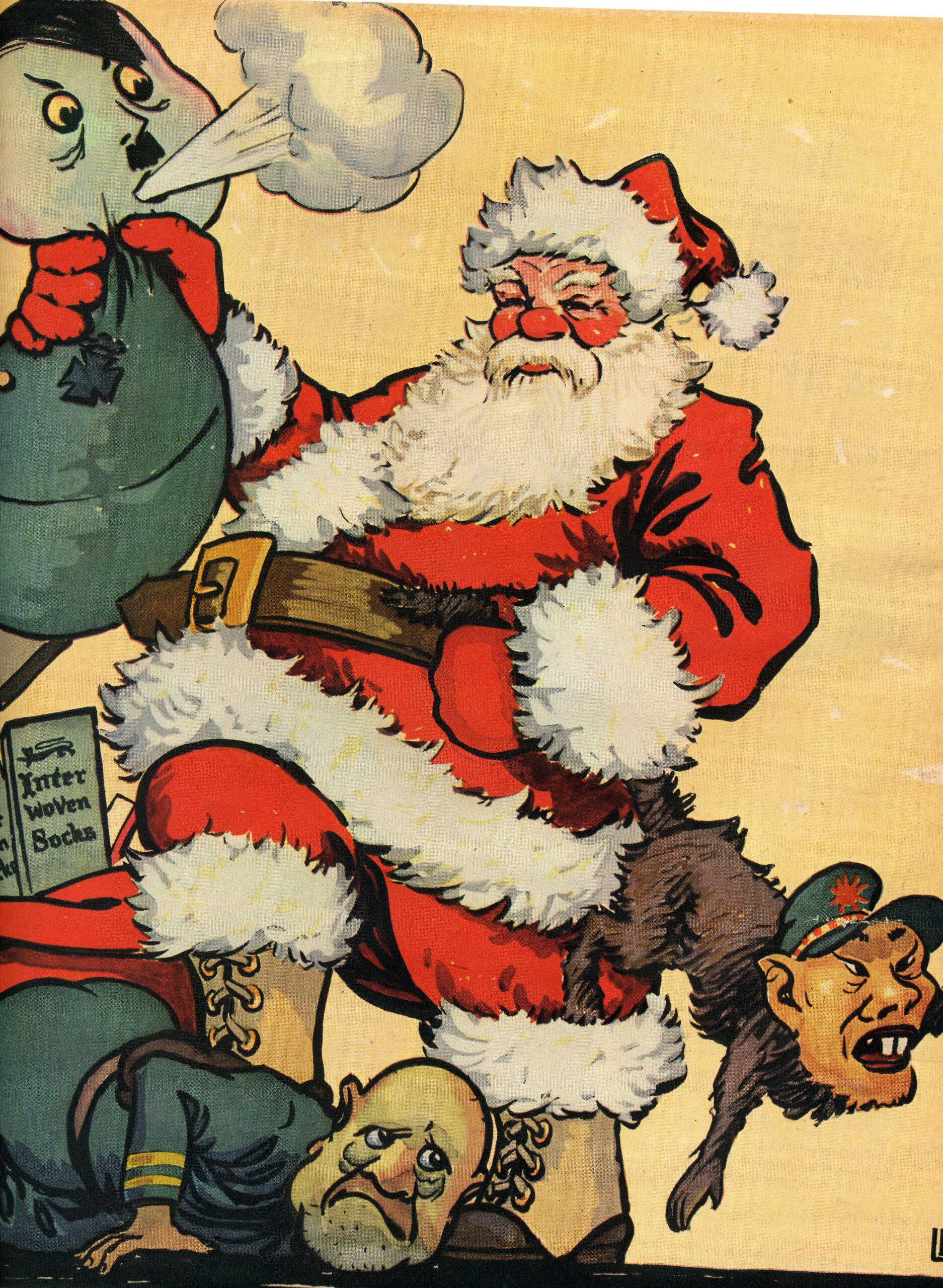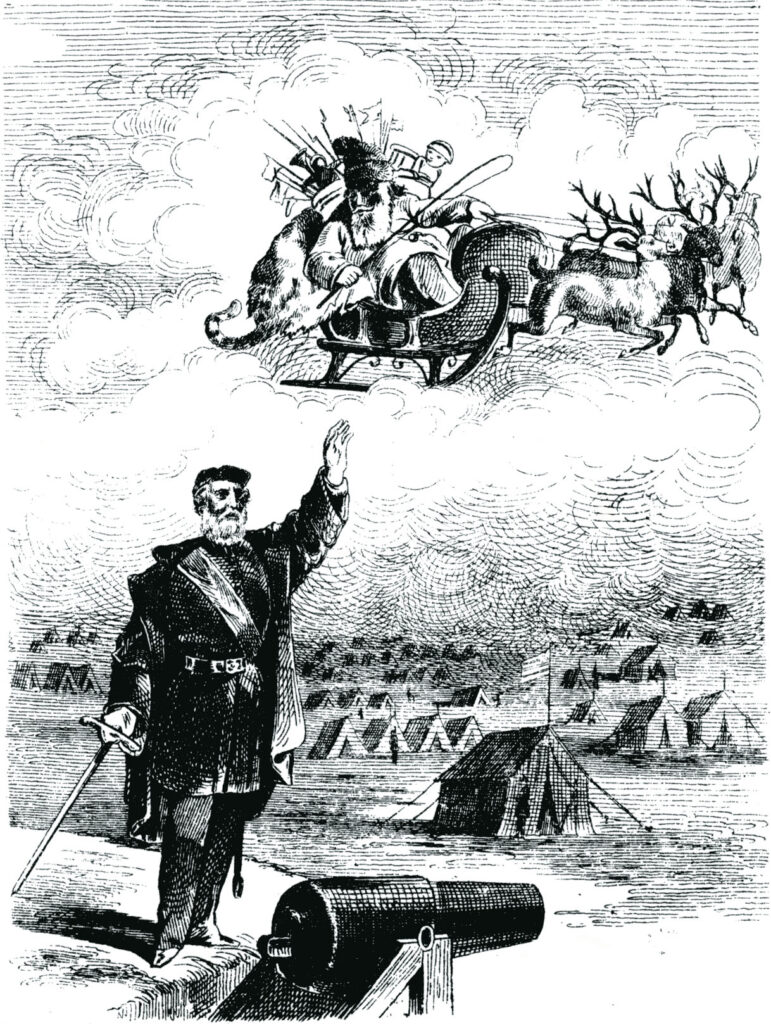 Two sorts of divination, or telling the future, were popular at Christmas: predicting the weather and discerning one’s intended spouse.
Two sorts of divination, or telling the future, were popular at Christmas: predicting the weather and discerning one’s intended spouse.
One way of determining the weather in the year to come was based on the day of the week on which Christmas fell. Should it fall on a Sunday it meant a year of peace and good weather, a good year for sheep and beans, and the speedy capture of thieves. Christmas Day on Monday produces a stormy and windy year; the sick will survive, although many beasts will die, and thieves be taken. Bad luck when Christmas Day falls on a Tuesday: women, sheep, lords, kings and thieves will die, yet the sick will recover. Wednesday presages a harsh winter with danger to the young and sailors. Thursday gives mixed predictions, but when when Christmas falls on a Friday, “you may sow in ashes”: i.e., crops will be so good they will spring up anywhere. Saturday’s indications are dire: “What woman that day of childe travaille / They shall bothe be in gret peraile”. Another means of weather prediction was to assign the Twelve Days of Christmas to a particular month; whatever the conditions on that day would prevail in the corresponding month. In New Zealand the Maoris say that if the pohutukawa flowers before Christmas, it will be a long hot summer; if it doesn’t, then a sultry, wet Christmas season is in store. A Scottish proverb that a “black Christmas makes a fat kirkyard” means that a snowless Christmas will result in may people dying in the coming year — a common saying all across Europe. The Romanian proverbs: “Christmas in mud, Easter in snow”; “Green Christmas brings white Easter” are similarly widespread. German farmers say: “If the crow is standing in clover at Christmas, she’ll be sitting in snow at Easter.” A windy Christmas, however, and a calm Candlemas are signs of a good year.
There are countless ways for a young woman to determine the identity or character of her future husband. The girl might tap on the henhouse door on Christmas Eve: if a hen cackles her marital prospects are bad; cock crows are good. She might place her name and those of her friends on the bands of the ashen faggot; the first to burn through will be the first to marry. In Germany it was the custom to form a circle of girls and trust in the powers of a blinfolded goose — the first to be touched by the bird will be the tnext to be wed. In Denmark young women could induce dreams of their future mates by reciting just before bedtime on St Lucia’s Eve:
Sweet St. Lucy, let me know
Whose cloth I shall lay,
Whose bed I shall make,
Whose child I shall bear,
Whose darling I shall be,
Whose arms I shall lie in.



















